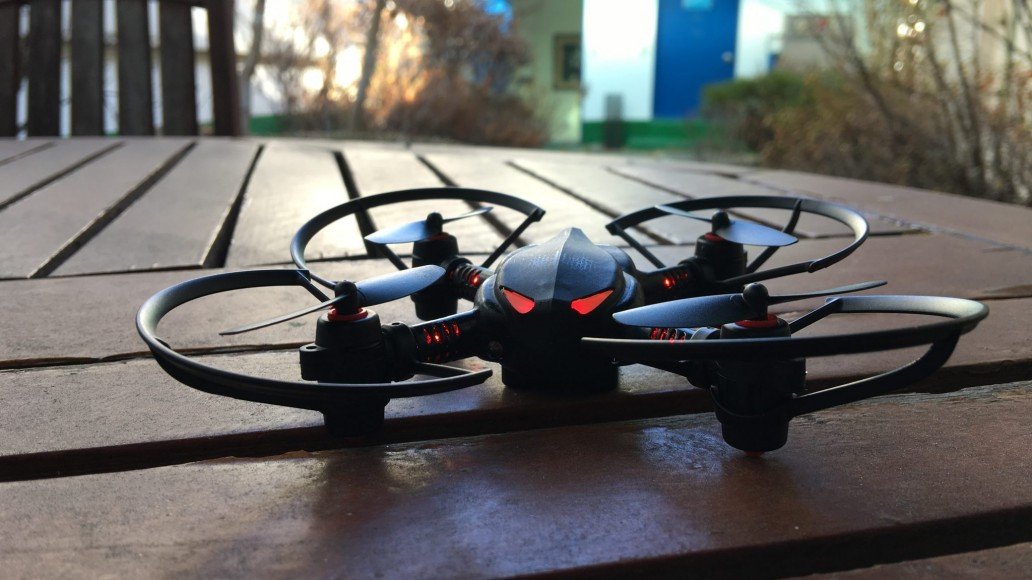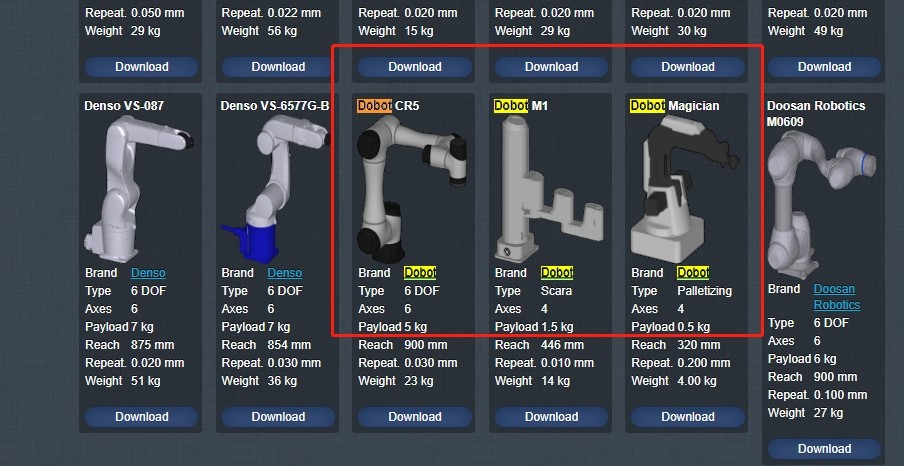How to Use Drones in a Teaching Process
By James Baxter
Teaching is just like a side of fries - it goes with just about everything and anything you can think of. When it comes to teaching, anything can be added to the process to make it easier and more fun. In fact, you could think of a thousand abstract things and realise that teachers have already incorporated those things in the classroom. Learning games? Teachers already started using these in the classroom even before the Titanic sank. Paintings? Been there, done that.
However, one method that hasn’t fully been employed by many teachers is the use of drones.
Surprised, aren’t you? We get it. This sounds just as strange as putting pineapple on pizza. What on earth would a drone be doing in a classroom? Well, you’d find out soon enough.
Whether you’re an essay writer teaching a new protege or a teacher helping students understand Calculus, drones can be quite helpful in the teaching process. Let’s find out how.
- 0 Comments
- Nov 13, 2020 10:00:00 AM
Only One in Five Schools Offered 'Rigorous' Remote Learning, Study Says
.jpg?width=678&name=remote-learning-IMG%20(1).jpg) Image: iStock/Getty
Image: iStock/Getty
Only 20% of schools offered rigorous, technology-based remote instruction while school buildings were shut down this spring, according to a new report from the American Enterprise Institute, and students in K-12 districts with a majority of high-poverty or low-achieving students were less likely to receive rigorous instruction at a distance.
- 0 Comments
- Jul 2, 2020 10:00:00 AM
- Posted by Natalia Galvis
- Topics: Robotics, EdTech, STEM, Coding, Drones, Robots,, students, programming, Dobot Robotic Arm, STEMchat, Edchat
Teacher Jorg Duitsman Teaches Robotics & Engineering Courses With Dobot Magician in The Netherlands

In August 2018, Jorg Duitsman started his teaching position in the departments of Mechatronics and International Engineering at Summa College. Jorg is a long-term lover of technology and maker education. Like any other technology teachers, Jorg was eager to find a better way to teach problem solving, critical thinking, and other important 21st century skills in classrooms. That’s when he started searching and found DOBOT. Later on, he purchased 20 Dobot magicians and two Dobot m1 for his school.
- 0 Comments
- Jul 1, 2020 10:00:00 AM
- Posted by Natalia Galvis
- Topics: Robotics, EdTech, STEM, Coding, Drones, Robots,, students, programming, Dobot Robotic Arm, STEMchat, Edchat
Good News! DOBOT CR5, M1 and Magician Have Been Added to RoboDK library to do robot simulation!
RoboDK Software makes it easy to stimulate and program industrial robots. With RoboDK you can simulate over 400 robots from 40 different robot manufacturers, and generate robot programs for any robot controller. RoboDK is a powerful and cost-effective simulator for industrial robot arms.
- 0 Comments
- Jun 3, 2020 10:00:00 AM
- Posted by Natalia Galvis
- Topics: Robotics, EdTech, STEM, Coding, Drones, Robots,, students, programming, Dobot Robotic Arm, STEMchat, Edchat
Incorporating Drones into STEM Education
Science, technology, engineering, and math (STEM) subjects are integral to our contemporary way of life. A significant amount of our day-to-day activities involve advanced technology to some degree. As a result, many of our industries have become reliant upon tech solutions, meaning that STEM-proficient workers are essential.

STEM learning from an early age is vital to ensure that students are equipped to meet the needs of the world they’ll inherit. We now have some incredible, inexpensive tools at our disposal to keep students engaged and passionate about these subjects. Drones stand out as a fun and practical apparatus for class projects, experiments, and exploration.
We’ll take a look at a few of the ways in which drone technology can be incorporated into STEM education. Beyond some of the seemingly obvious, we can use them intelligently to enhance learning, engage passions, and demonstrate STEM as a force for good in the world.
- 0 Comments
- Jun 2, 2020 10:15:00 AM
5 Ways To Use Drones In The Classroom

Mobile devices may have enabled the breakthrough of disruptive technology in modern classroom, but new gadgets keep enriching the possibilities to engage students in more interactive classes. Alongside smartphones and tablets, a number of new devices have entered a classroom – from smart boards to VR headsets, a wide range of tech inventions have helped reinvent traditional teaching methods. Among the latest tech trends, the use of drones has become a widespread among photographers, journalists, farmers, police officers and many others. For teachers, using drones in the classroom open up a new set of opportunities to make classes more relevant and engaging for students.
- 0 Comments
- Jan 27, 2020 10:00:00 AM
- Posted by Natalia Galvis
- Topics: EdTech, STEM, 21st Century Classroom, Drones, STEMchat, Edchat
What You Need To Use Drones In Your Next Class Project
If you want to help your students’ dreams take flight, it may be time to use drones at school. Drone technology makes it possible to view the world with new eyes.
Maintenance departments use drones for structure checks, and transportation directors can capture aerial footage of traffic patterns. Schools employ drone technology for security checks, and classrooms use it for teaching point of view and documenting their projects.
Drones technology lends itself well to instruction, especially STEAM projects and video storytelling.

- 0 Comments
- Oct 25, 2019 10:10:00 AM
- Posted by Natalia Galvis
- Topics: EdTech, STEM, Drones, quadcopter, STEMchat, Edchat
Relevant Posts
Popular Posts
Subscribe to Email Updates
-
I Want To Learn MoreADDITIONAL INFORMATION


 Photo by
Photo by 
